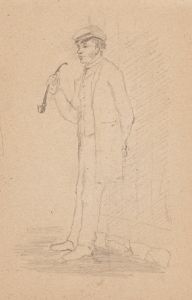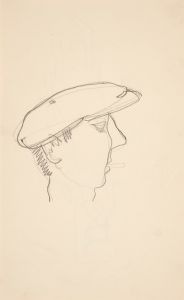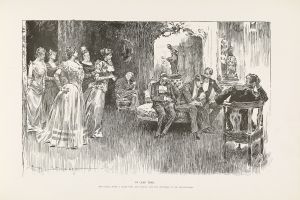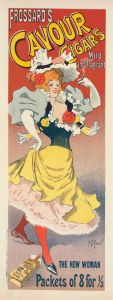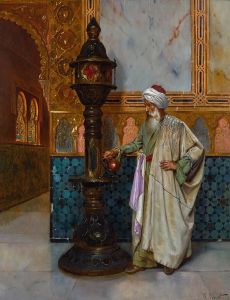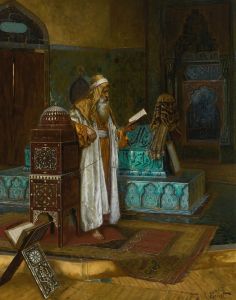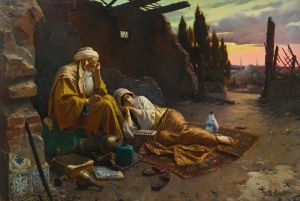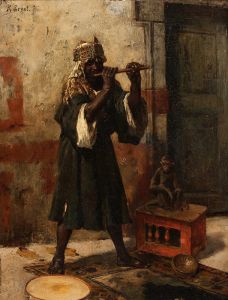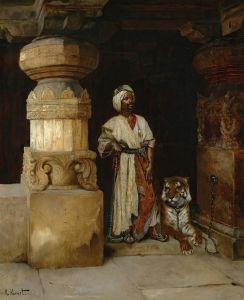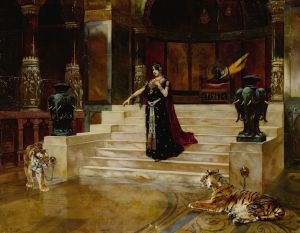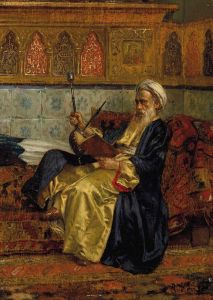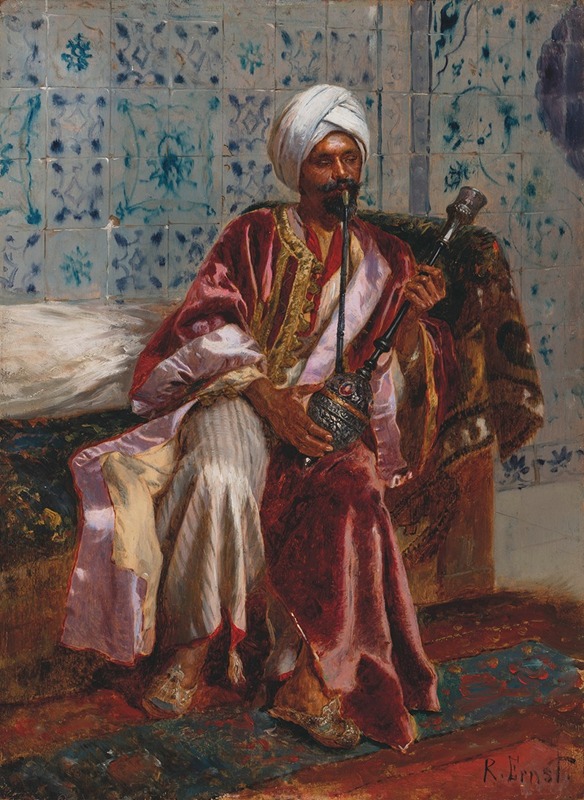
Arab smoking a nargilah
A hand-painted replica of Rudolf Ernst’s masterpiece Arab smoking a nargilah, meticulously crafted by professional artists to capture the true essence of the original. Each piece is created with museum-quality canvas and rare mineral pigments, carefully painted by experienced artists with delicate brushstrokes and rich, layered colors to perfectly recreate the texture of the original artwork. Unlike machine-printed reproductions, this hand-painted version brings the painting to life, infused with the artist’s emotions and skill in every stroke. Whether for personal collection or home decoration, it instantly elevates the artistic atmosphere of any space.
Rudolf Ernst was an Austrian painter known for his Orientalist works, which often depicted scenes from the Middle East and North Africa. One of his notable paintings is "Arab Smoking a Nargilah." This artwork is a fine example of Ernst's fascination with the exotic and his skill in capturing the intricate details of the cultures he portrayed.
"Arab Smoking a Nargilah" features a solitary male figure, traditionally dressed, engaged in the leisurely activity of smoking a nargilah, also known as a hookah or water pipe. The nargilah is a device used for smoking flavored tobacco, and it has been a popular social activity in many Middle Eastern cultures for centuries. The painting captures the essence of relaxation and contemplation, which are often associated with this pastime.
Ernst's attention to detail is evident in the rich textures and vibrant colors used in the painting. The subject's attire is meticulously rendered, showcasing the luxurious fabrics and intricate patterns typical of the region's traditional clothing. The setting is equally detailed, with ornate architectural elements and decorative motifs that reflect the artist's interest in the aesthetics of the Islamic world.
Rudolf Ernst was part of the Orientalist movement, a genre of art that emerged in the 19th century as Western artists became increasingly fascinated with the cultures and landscapes of the East. This movement was characterized by its romanticized and often idealized depictions of Eastern life, and Ernst was among the artists who traveled to these regions to gain firsthand experience and inspiration for their work.
Born in Vienna in 1854, Ernst studied at the Academy of Fine Arts in his hometown before moving to Paris, where he became part of the vibrant art scene. His travels to the Middle East and North Africa provided him with the material that would define much of his career. Ernst's works are celebrated for their technical precision and the way they capture the light and atmosphere of the regions he depicted.
"Arab Smoking a Nargilah" is a testament to Ernst's ability to blend realism with the exotic allure that characterized Orientalist art. The painting not only reflects the artist's technical prowess but also his deep appreciation for the cultural practices he observed during his travels. While Orientalism as a movement has been critiqued for its often stereotypical and colonial perspectives, Ernst's work remains a valuable historical record of the Western artistic engagement with the East during the 19th century.
Today, Rudolf Ernst's paintings, including "Arab Smoking a Nargilah," are held in various private collections and museums, where they continue to be appreciated for their beauty and historical significance. His work offers insight into a period when Western artists were both captivated by and complicit in shaping perceptions of the East, providing a complex legacy that continues to be studied and discussed in the context of art history.





